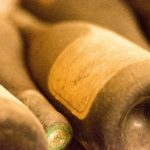By Yvonne Milosevic
Ever given much thought to that ubiquitous Heinz ketchup bottle found in restaurants and fridges across the country? We hadn’t either. But turns out, the man behind the brand—Henry J. Heinz—was light years ahead of his time. In fact, many of his 19-century business initiatives would fit right in with today’s best practices. Ready for a cool history lesson? Let’s dive in and find out why Heinz’s thinking was so out of the box.
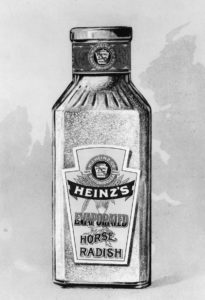 Henry J. Heinz started selling jars of his mother’s popular recipe for grated horseradish as a teen in 1869. At that time, the packaged food industry was still in its infancy. Manufacturers were experimenting with untested preservatives such as borax and formaldehyde, and fraud was rampant. Unscrupulous sellers would cut cinnamon with brick dust, mix gypsum in flour, and dilute milk with chalk or plaster. Government oversight was non-existent. But Heinz, raised by devout Lutheran parents in a German enclave of Pittsburgh, decided he would be as transparent as possible in the food manufacturing process.
Henry J. Heinz started selling jars of his mother’s popular recipe for grated horseradish as a teen in 1869. At that time, the packaged food industry was still in its infancy. Manufacturers were experimenting with untested preservatives such as borax and formaldehyde, and fraud was rampant. Unscrupulous sellers would cut cinnamon with brick dust, mix gypsum in flour, and dilute milk with chalk or plaster. Government oversight was non-existent. But Heinz, raised by devout Lutheran parents in a German enclave of Pittsburgh, decided he would be as transparent as possible in the food manufacturing process.
While others sold their horseradish in colored glass jars to obscure any questionable contents, Heinz packed his in clear glass bottles to highlight its purity. Throughout his life, Heinz always used clear glass, eventually creating the iconic eight-sided ketchup bottle so that consumers could examine the condiment from multiple angles. Notably, his integrity went beyond choosing clear vessels for his products.
Heinz was an OG of the natural, organic and preservative-free trend
“Protect the consumer by owning the product all the way from the soil to the table.”
That was a bedrock principle for Heinz. Others may have tried, but no food producer of his era could compete with the Heinz Company’s sanitation standards—from the fields to the factory floor.
Workers picked every vegetable at its peak freshness. Sorted them for best quality. And then packed them in an immaculate factory. Not only that, Heinz refused to use chemical preservatives in any of his products. In essence, he had mastered the production of organic foods more than 100 years before it became en vogue.
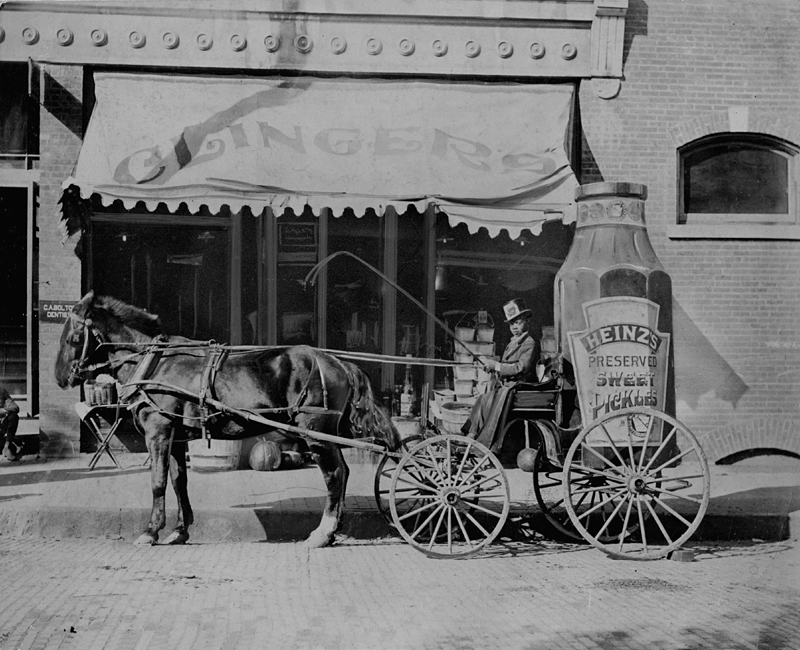
Heinz invented the concept of factory tours
Want to see how your favorite hot sauce is made? Drop by Huy Fong Foods in Irwindale, California, for a sriracha tour. Are you a die-hard Ben and Jerry’s fan? You’ll love the kooky factory tour at the company’s Vermont production facility.
Today, factory tours of food and other products are commonplace. But Heinz invented the concept in 1899 to show off his ultra-clean factory to a fascinated public. Other companies soon copied this brilliant publicity move. Heinz factory tours continued until 1972, when automation took over much of the processing.
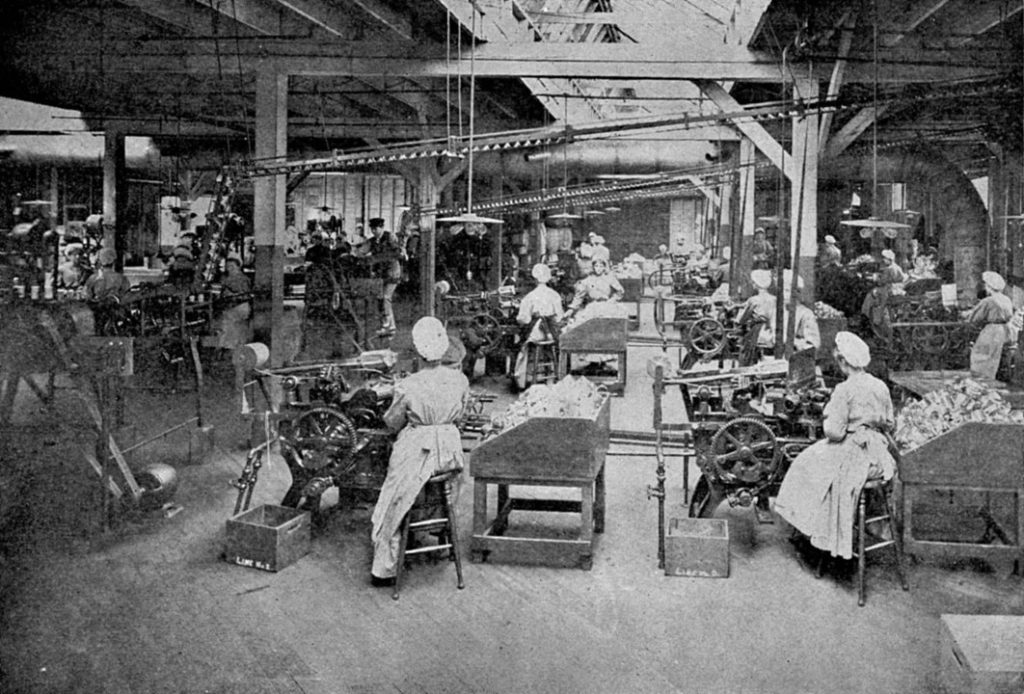
Heinz created the workplace of the future—before the 20th century
Henry J. Heinz believed in treating employees fairly and like family. At the Heinz Company, employees often enjoyed better conditions than in their own homes. The facility had a gym and swimming pool, rooftop garden, art gallery, library, lunchroom, a choir, and offered free sewing and cooking classes. Heinz also retained a company doctor, nurse and dentist for employees to visit free of charge. He even kept a manicurist on staff to provide weekly manicures for the women who peeled cucumbers for the pickles.
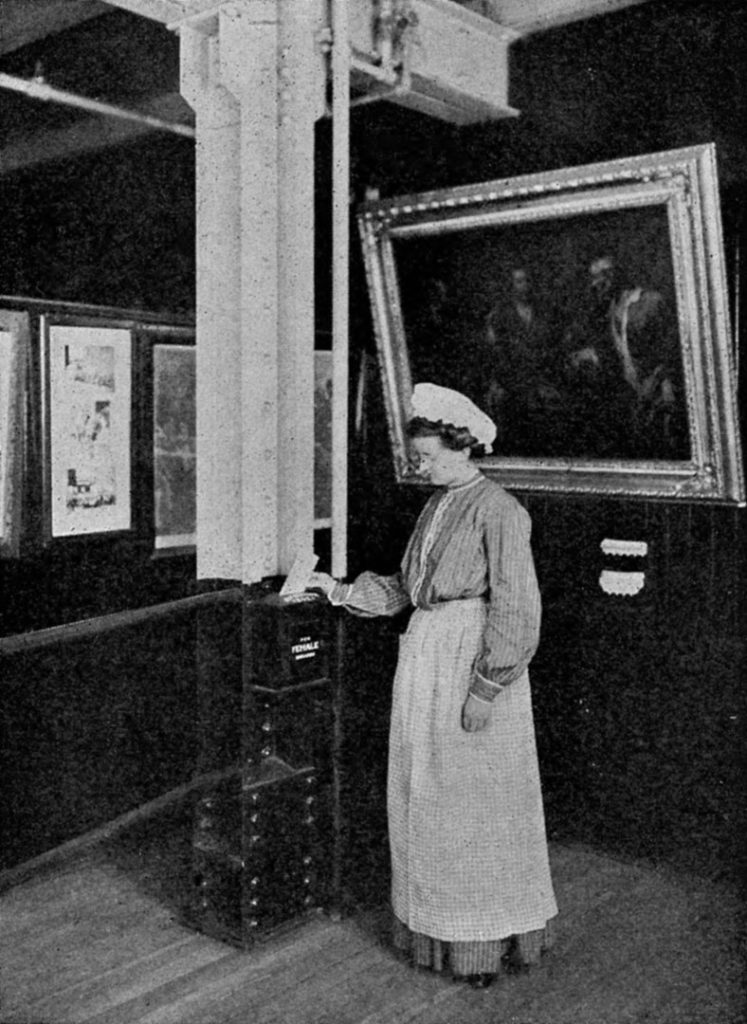
Heinz was an advertising genius
One anecdote in particular showcases Heinz’s prowess promoting his company. At the Chicago World’s Fair in 1893, the Heinz Company received the largest exhibit space available. But, its location one floor up from the main floor meant foot traffic was sparse. So Heinz recruited an army of boys to hand out thousands of small cards promising a free souvenir when presented at the Heinz exhibit.
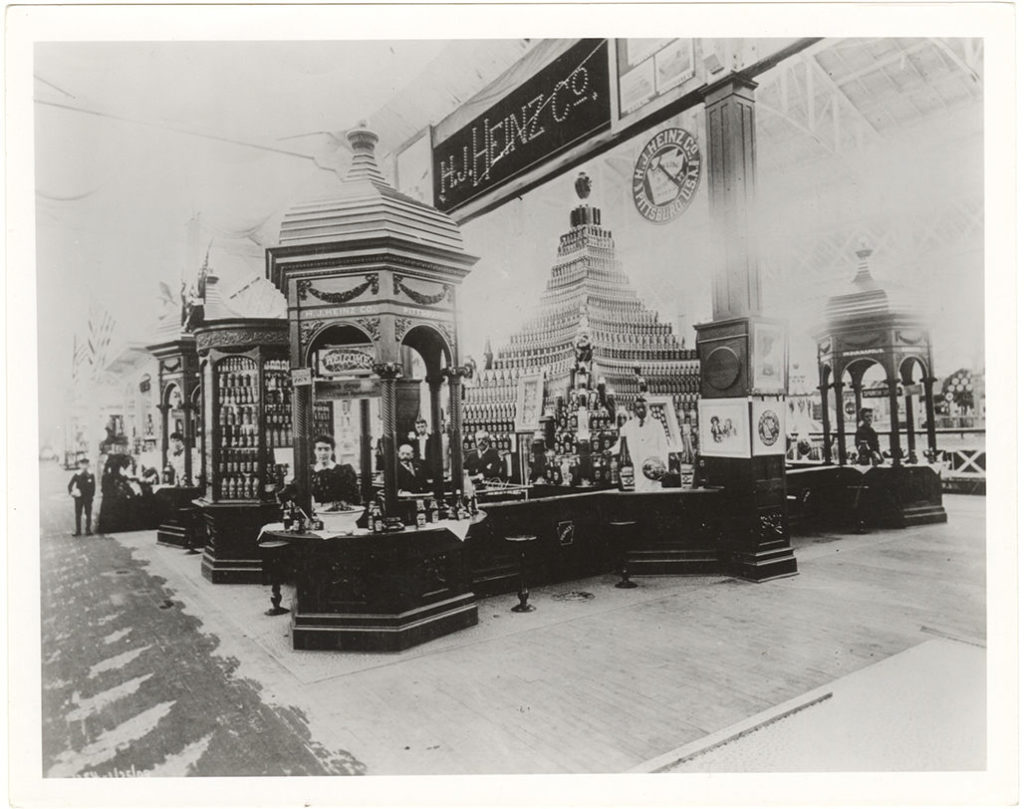
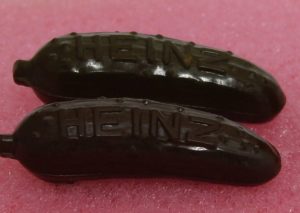 Soon, souvenir seekers swarmed the second floor, snacking on Heinz products. Each visitor walked away with a green resin pickle pin, one and a quarter inch long, bearing the name Heinz. People loved the pins and became walking advertisements for Heinz. Fair officials had to summon local police for crowd control.
Soon, souvenir seekers swarmed the second floor, snacking on Heinz products. Each visitor walked away with a green resin pickle pin, one and a quarter inch long, bearing the name Heinz. People loved the pins and became walking advertisements for Heinz. Fair officials had to summon local police for crowd control.
Heinz’s promotional pickle pins became an endearing part of the Heinz legend. The Saturday Evening Post called the Heinz pickle, “one of the most famous giveaways in merchandising history.”
Heinz didn’t invent ketchup…but he did perfect it
In 1876, Heinz expanded his product line to include the tomato-based sauce known as catsup at the time. According to National Geographic, ketchup (catsup) comes from the Hokkien Chinese word, kê-tsiap, the name of a sauce derived from fermented fish.
The company switched the spelling to ketchup in the 1880s to stand out. Eventually, that became the standard spelling everywhere. In keeping with his beliefs, Heinz wanted to make his ketchup preservative-free. Through trial and error, he hit upon the perfect concentration of bacteria-killing acid: vinegar and pectic acid, which occurs naturally in tomatoes. His recipe featured quality tomatoes with a high pulp content, and this thick, tomato-rich version became the foundation of the condiment we love today.
Heinz championed food safety
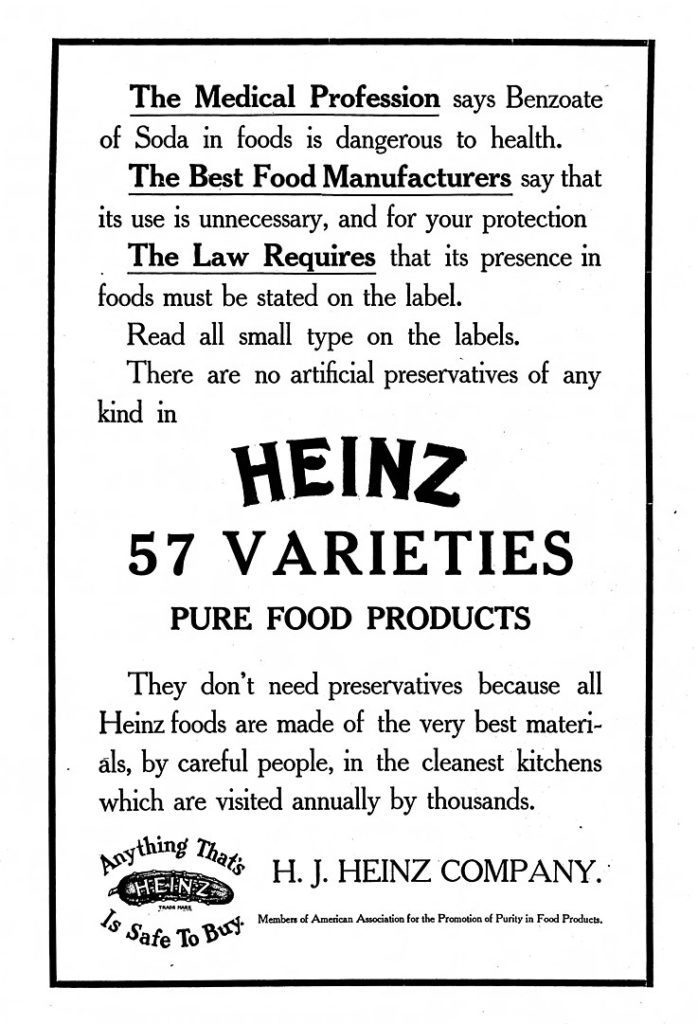 Unlike fellow industrialists who tried to thwart any effort to regulate food safety, Heinz welcomed the oversight. In fact, he believed that the public’s growing mistrust about the purity of packaged foods would lead to serious problems for manufacturers. Such problems, he suspected, would surpass the expense of improving the product itself.
Unlike fellow industrialists who tried to thwart any effort to regulate food safety, Heinz welcomed the oversight. In fact, he believed that the public’s growing mistrust about the purity of packaged foods would lead to serious problems for manufacturers. Such problems, he suspected, would surpass the expense of improving the product itself.
He shared his concerns over food safety with President Theodore Roosevelt and other big time politicians. In 1906, Heinz became the only food manufacturer to support legislation that would become the Pure Food and Drug Act.
Meanwhile, his preservative-free ketchup was ready to hit the shelves. Once again, Heinz touted the purity of his products and started using the advertising slogan: Recognized as the standard by Government pure food authorities.
***
What started as a small horseradish business grew into a multi-national food processing company still going strong today. Heinz was a man of integrity, who lived by the belief that “Heart power is stronger than horsepower.” In an era when few others cared, he obsessed over making his products as pure as possible. Henry J. Heinz died 100 years ago in 1919, but his pioneering practices created a legacy we can appreciate—and borrow from—today.
Note: This post is indebted to the fascinating Henry J. Heinz Biography: Success Story of Heinz Ketchup Empire.

